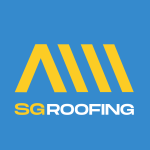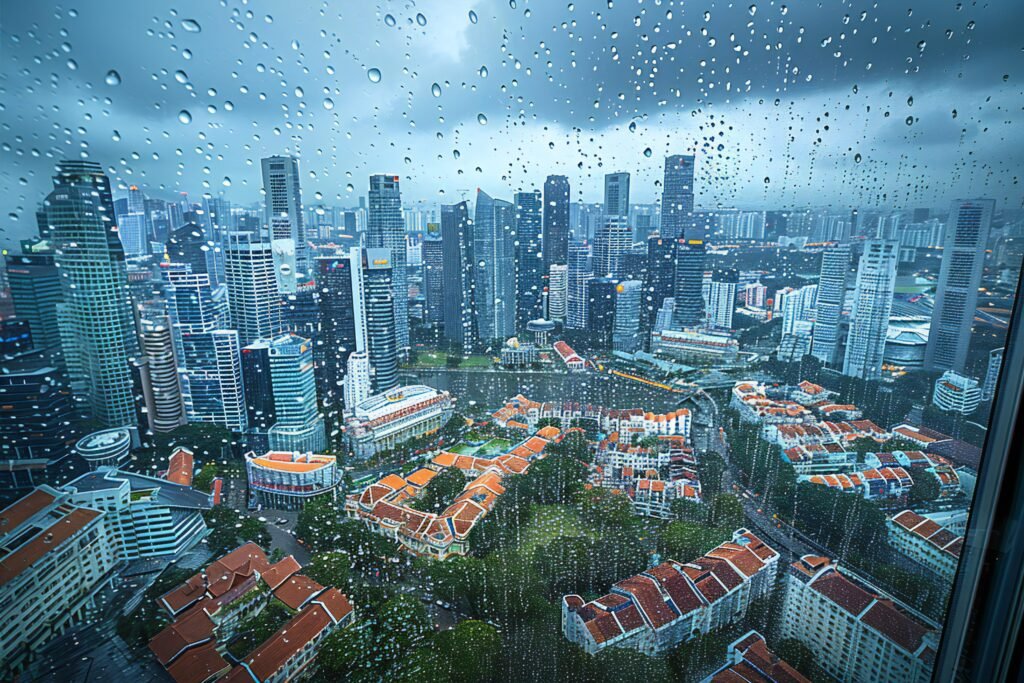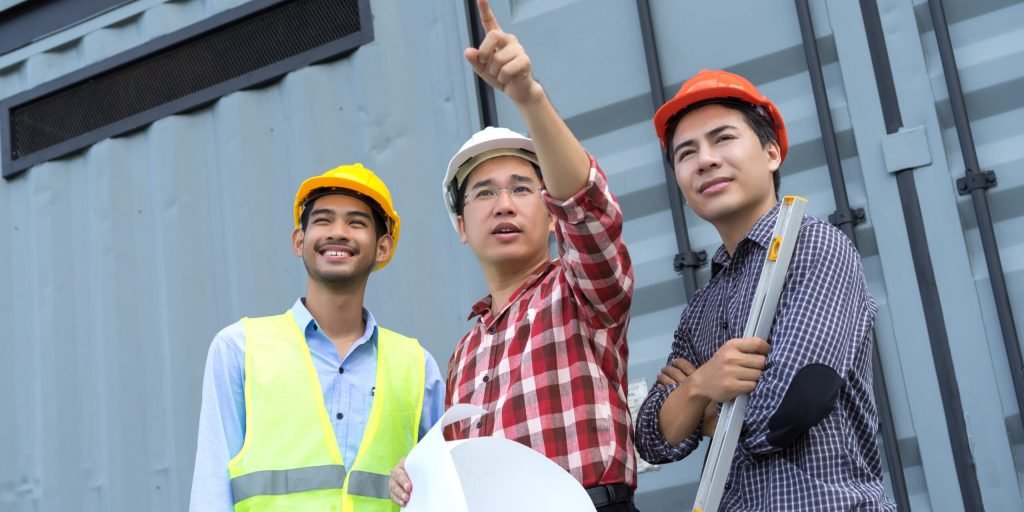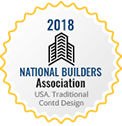
Waterproofing Your HDB:
A Comprehensive Guide for Singapore Homeowners
Waterproofing is essential for maintaining the structural integrity and comfort of your HDB flat in Singapore. With the country’s tropical climate, frequent rains, and high humidity, leaks and moisture infiltration can lead to serious problems, including mold growth, structural damage, and electrical issues.
Proper HDB waterproofing ensures that your home stays dry and protected, reducing the risk of future damage and increasing the longevity of your flat. In this guide, we will explore the importance of waterproofing, common problem areas, and how to find the right waterproofing solutions for your HDB.
Understanding HDB Waterproofing
Why Waterproofing Your HDB is Essential
Waterproofing plays a crucial role in preventing water seepage into your home. In Singapore, where heavy rains are frequent, leaks can easily develop in the roof, walls, and floors of HDB flats. Without proper HDB waterproofing, even minor leaks can lead to mold, mildew, and water damage, which can compromise the structural integrity of your flat. Waterproofing also helps maintain a healthy living environment by preventing the growth of harmful bacteria and allergens that thrive in damp conditions. By investing in quality waterproofing solutions, you protect your HDB from long-term damage and save on costly repairs down the line.Common Waterproofing Issues in HDB Flats
HDB flats can experience a variety of waterproofing issues over time. Common problem areas include:
Leaky Roof need fixing
Leaks from the roof are particularly common in top-floor HDB units. Rainwater can seep through cracks in the roof or through aging waterproof membranes, leading to water stains and mold inside the flat.
Bathroom leaks
Bathrooms are prone to water leaks, especially if the waterproofing in the floors or walls is worn out. Leaks in the bathroom can cause water to seep into adjacent rooms or units below.
Balcony leaks
If you have a balcony, it is exposed to rainwater, and without proper waterproofing, water can seep through the flooring and into your living spaces.
Wall seepage
Water can also penetrate external walls, especially if cracks are present. This can result in damp spots, peeling paint, and mold growth inside the home.
These issues can be addressed with proper waterproofing solutions tailored to the specific problem areas of your HDB flat.

Roof Waterproofing Solutions for HDB Flats
For HDB flats located on the top floor, roof waterproofing is essential to prevent leaks during heavy rain. Over time, roofing materials and membranes can deteriorate, allowing water to penetrate the structure. A common solution is to apply a liquid waterproofing membrane or bituminous coating over the roof’s surface, creating a protective barrier that prevents water from seeping through. Waterproofing contractors will also inspect and repair any cracks or gaps in the roof to ensure complete protection. If you notice leaks or water stains on your ceiling, it’s time to contact a professional for roof waterproofing.
Bathroom Waterproofing in HDB Flats
Bathrooms are one of the most common areas where waterproofing is needed in HDB flats. Over time, grout lines and seals between tiles can wear down, allowing water to penetrate beneath the surface. To prevent leaks, bathroom waterproofing involves sealing the walls and floors with a waterproof membrane before applying tiles or finishes. This creates a watertight barrier that keeps moisture confined to the bathroom. If your bathroom is experiencing leaks, it’s important to act quickly to prevent water damage to adjacent rooms or lower units.
Balcony Waterproofing for HDB Homes
If your HDB flat has a balcony, waterproofing is essential to prevent rainwater from seeping through the flooring and into your home. Balcony waterproofing involves applying a waterproofing membrane beneath the tiles or deck to prevent water infiltration. The membrane is designed to keep water from reaching the underlying structure and causing damage. Regular maintenance is important for balconies, especially in Singapore’s wet climate, where frequent rain can lead to deterioration of the waterproofing layer over time. Consult a waterproofing expert to inspect your balcony and recommend the best solution for long-lasting protection.
Wall Waterproofing and Seepage Control
External walls in HDB flats can develop cracks over time, allowing water to seep through during heavy rain. Wall waterproofing solutions involve sealing any cracks and applying a protective coating to the exterior of the building. This coating creates a barrier that prevents water from penetrating the walls and causing internal damage. In cases where internal walls are affected by water seepage, contractors may use specialized waterproofing treatments to prevent further moisture infiltration. Proper wall waterproofing not only prevents dampness and mold but also enhances the durability of the building’s structure.
Common Waterproofing Methods for HDB Flats
There are several waterproofing methods that can be applied to different areas of your HDB flat, depending on the type of problem you’re facing. Common methods include:
- Cementitious waterproofing: Often used for wet areas like bathrooms, cementitious waterproofing involves applying a cement-based waterproofing product to walls and floors to create a durable, waterproof barrier.
- Liquid waterproofing membranes: These are versatile solutions that can be applied to roofs, balconies, and other flat surfaces. The liquid forms a seamless barrier once it dries, protecting against water penetration.
- Bituminous coating: This is a common waterproofing method for roofs. The bitumen-based material is applied over the roof surface to prevent water infiltration.
- Polyurethane waterproofing: Ideal for areas exposed to harsh weather conditions, this type of waterproofing forms a flexible membrane that resists water and temperature fluctuations.
Consult a professional HDB waterproofing contractor to determine the best method for your specific needs.
Benefits of Professional HDB Waterproofing Services
While it may be tempting to tackle waterproofing as a DIY project, hiring a professional HDB waterproofing contractor ensures that the job is done right the first time. Professionals have the expertise to identify the root cause of leaks, apply the most effective solutions, and ensure that the waterproofing system is durable and long-lasting. Additionally, professional contractors provide warranties on their work, giving you peace of mind that your HDB flat is protected. Investing in professional waterproofing services can save you from costly repairs and maintenance in the future.

The Cost of HDB Waterproofing in Singapore
The cost of HDB waterproofing depends on several factors, including the size of the area, the type of waterproofing method used, and the extent of the damage. For example, waterproofing a small bathroom may cost between $800 and $1,500, while larger projects like balcony or roof waterproofing can range from $2,000 to $5,000 or more. It’s important to get a detailed quote from a reputable waterproofing contractor to understand the costs involved and plan your budget accordingly. Keep in mind that waterproofing is a long-term investment in your home’s durability and value.

Finding the Right HDB Waterproofing Contractor
Choosing the right HDB waterproofing contractor is crucial for ensuring that your home is fully protected from water damage. Look for contractors who are licensed, experienced, and have a strong track record of completing HDB projects. Ask for references from past clients and check online reviews to gauge the contractor’s reliability and quality of work. A good contractor will provide a detailed inspection, recommend the best waterproofing solutions, and offer a warranty on their services. Always request a free instant quote to compare costs and services before making your decision.

The Importance of Regular Waterproofing Maintenance
Even the best waterproofing systems require regular maintenance to remain effective over time. Singapore’s climate, with its frequent rain and high humidity, can cause wear and tear on waterproofing materials. Scheduling periodic inspections with a professional HDB waterproofing contractor ensures that any minor issues, such as cracks or worn-out seals, are addressed before they lead to significant damage. Regular maintenance also helps extend the life of your waterproofing system and provides peace of mind that your home is well-protected.

Signs You Need Waterproofing for Your HDB
There are several telltale signs that your HDB flat may need waterproofing. These include:
- Water stains on ceilings or walls: This could indicate a leak from the roof or external walls.
- Peeling paint or wallpaper: Moisture infiltration can cause paint to bubble or peel, indicating that water is seeping through the walls.
- Mold and mildew growth: Persistent dampness encourages mold growth, which can be harmful to your health and damage your home.
- Pooled water in the bathroom or balcony: This suggests that the waterproofing in these areas is failing, allowing water to accumulate.
If you notice any of these signs, contact a waterproofing contractor to inspect your HDB flat and recommend the appropriate waterproofing solution.
Waterproofing New HDB Flats
For homeowners moving into a new HDB flat, it’s essential to ensure that the waterproofing systems are in place and functioning correctly. While most new HDB flats come with basic waterproofing, additional waterproofing solutions may be needed for areas like the bathroom, kitchen, or balcony. By investing in waterproofing early on, you can prevent leaks and water damage before they occur. A professional HDB waterproofing contractor can assess your new flat and provide tailored solutions to meet your needs.
DIY vs. Professional Waterproofing for HDB Flats
While some homeowners may consider tackling small waterproofing tasks on their own, it’s important to recognize the limitations of DIY waterproofing. Without the right tools, materials, and expertise, DIY waterproofing may only provide a temporary fix. Professional HDB waterproofing contractors have access to high-quality materials and the knowledge to apply them correctly, ensuring long-lasting protection for your home. Hiring a professional contractor not only guarantees a higher standard of work but also saves you
Stop water damage before it happens, get waterproofed today



All Major Cards Accepted


